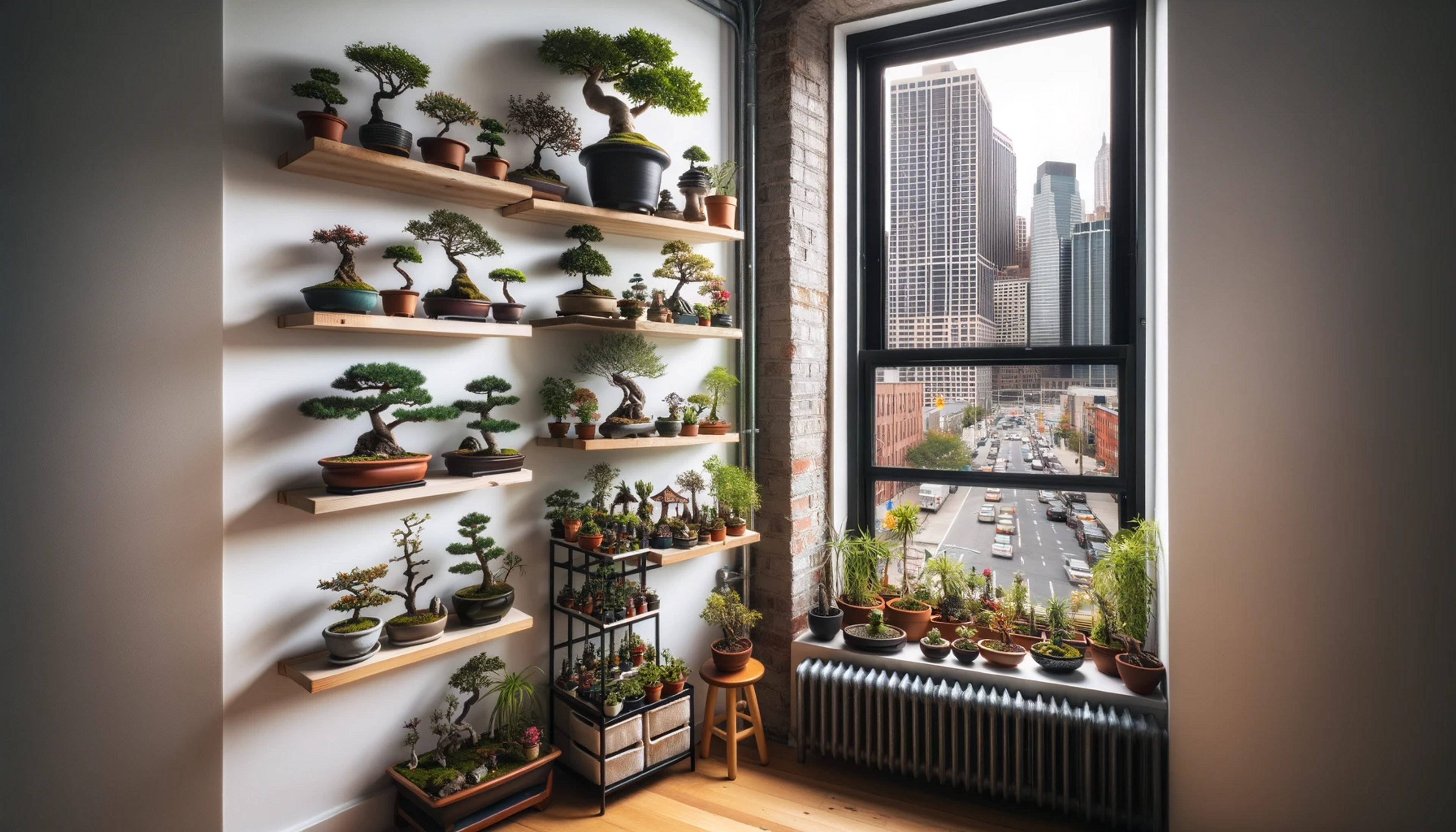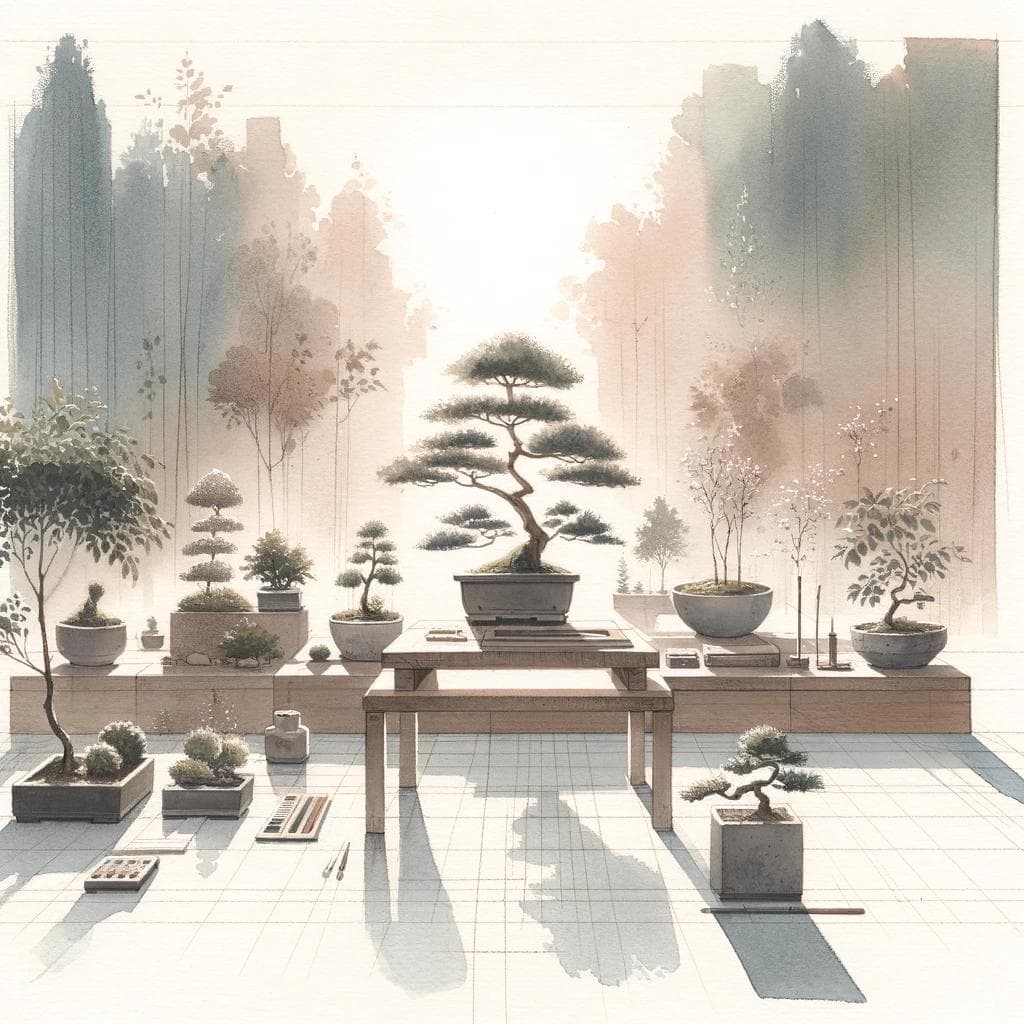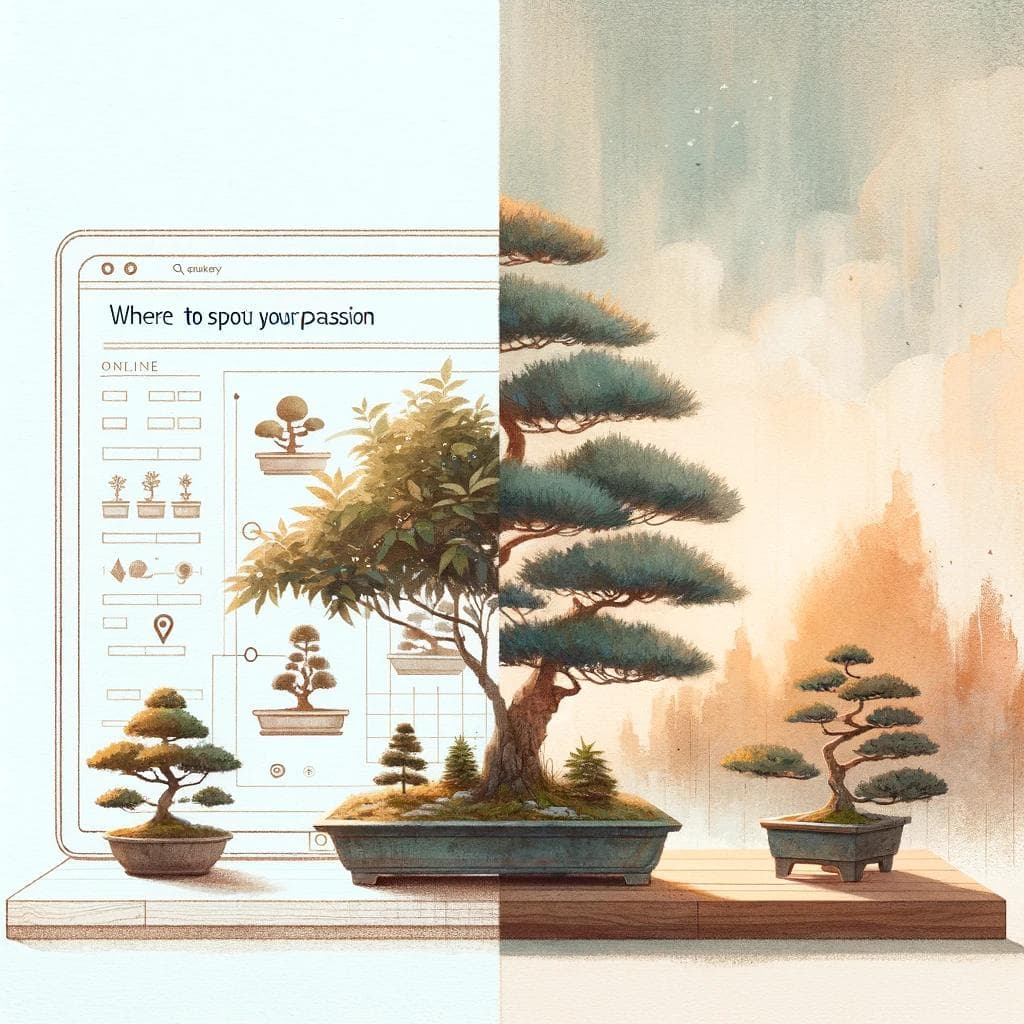Urban Bonsai: Growing Miniature Trees in Small Spaces

Introduction:
Bonsai, the art of cultivating miniature trees, is often perceived as a hobby requiring expansive gardens or large conservatories. However, urban bonsai challenges this notion, proving that this ancient art can thrive even in the most compact city apartments. This post explores how to embrace bonsai cultivation in small urban spaces, turning limitations into creative opportunities.
Section 1: Understanding Urban Bonsai
Urban bonsai is not just about growing small trees; it’s a creative expression of nature in constrained environments. It’s about adapting the principles of bonsai to fit the urban lifestyle, where balconies replace gardens and windowsills become the new ground. Urban bonsai can be a peaceful, green retreat amidst the concrete jungle.
Section 2: Selecting the Right Bonsai for Small Spaces
Choosing the right bonsai species is crucial for success in limited spaces. Dwarf varieties like Ficus, Jade, or Chinese Elm are excellent choices due to their adaptability to indoor conditions. Consider the size, growth rate, and light requirements of each species to ensure it will thrive in your specific urban setting.
Section 3: Essentials of Bonsai Care in Urban Settings
Caring for bonsai in an urban environment requires some adjustments. Here are key tips:
• Light: Ensure your bonsai receives adequate sunlight, using artificial grow lights if necessary.
• Watering: Urban homes can have dry air; monitor soil moisture closely.
• Temperature: Keep your bonsai away from drafts and heat sources like radiators.
Section 4: Creative Display and Space Utilization
In small spaces, creativity is key. Use floating shelves or wall-mounted brackets for display. If you have a balcony, consider a tiered stand to create a mini bonsai garden. Remember, each bonsai is a living sculpture; its display should enhance its beauty.
Section 5: Overcoming Urban Gardening Challenges
Urban environments pose unique challenges:
• Limited Light: South-facing windows are ideal. If natural light is insufficient, consider LED grow lights.
• Pollution: Keep windows clean to maximize light and consider an air purifier to improve plant health.
• Temperature Fluctuations: Be mindful of the microclimate in your space and adjust bonsai placement seasonally.
Conclusion:
Urban bonsai is more than a hobby; it’s a testament to the adaptability of nature and the human spirit. Even in the smallest apartment, a bonsai can flourish, bringing a sense of calm and connection to the natural world.
Read More

Winter Do's and Don'ts for Bonsai: Keep Your Tiny Trees Thriving Through the Chill

10 Best Online Bonsai Classes for Aspiring Bonsai Masters

The Ultimate Guide to Selecting an Advanced Bonsai Course (For Experts)
BonsaiCourses.com is dedicated to offering comprehensive educational content on bonsai art and cultivation. While our site may include affiliate links for bonsai products and tools, our recommendations are based on our expertise and commitment to quality. As an Amazon Associate I earn from qualifying purchases. Any purchases made through these links may earn us a commission at no extra cost to you.